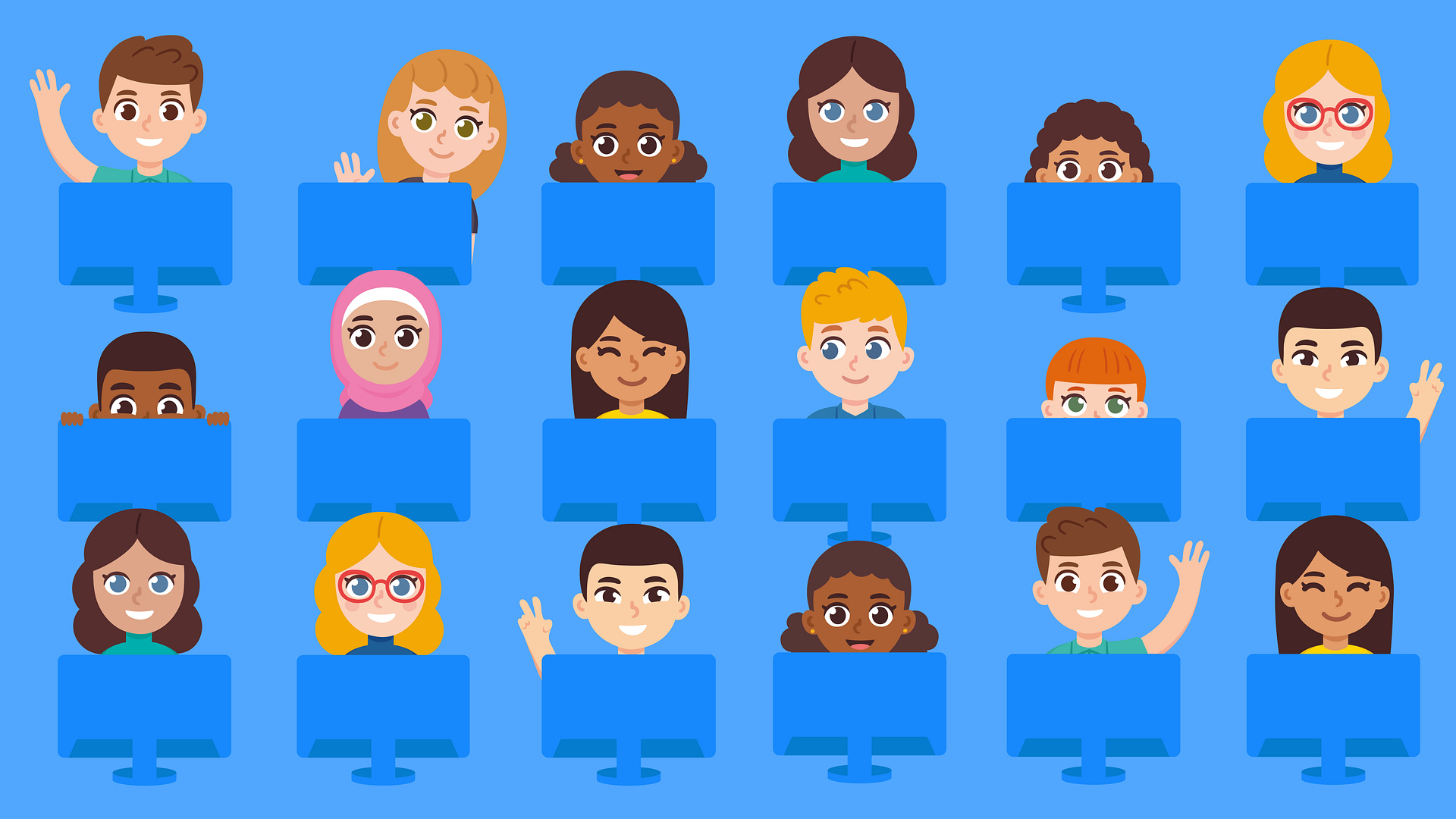Safer Internet Day 2025
Written by Kapow Primary
Published on 4th January 2024
Last Updated: 17th January 2025
Written by Kapow Primary
Published on 4th January 2024
Last Updated: 17th January 2025

As technology continues to be an integral part of our daily lives, children are using the internet to access a wide range of content. Teachers often ask how to prepare for Safer Internet Day. At Kapow Primary, we have plenty of resources to help ensure that your pupils stay safe online, as well as designated lessons in our Computing and RSE & PSHE schemes of work.
Safer Internet Day is a yearly event that takes place every February.
Safer Internet Day started in 2004 and is now celebrated in over 200 countries worldwide, with a different theme each year. Every year, millions of school children all over the world take part, learning vital information about ways to stay safe online and how to best manage their internet and screen use. The aim is to raise awareness of online issues and concerns, which will naturally change and evolve over time. This could include cyberbullying, digital footprints, social media use and more, with a general emphasis on making the internet safer for everyone.
There are many ways for schools to participate in Safer Internet Day, and activities should be tailored specifically to your children’s needs. If you’re aware that there have been incidents of cyberbullying, then make that your focus, or if you know that children are playing and watching games that are not age-appropriate – then focus on that. There is no “one size fits all”, but here at Kapow Primary, we’ve got some useful resources and ideas for Safer Internet Day to make it fun, informative and beneficial for all – dip in and out, or use it all!
One of the most important things you can do is to simply open up conversations about online use, rather than telling children what they should and shouldn’t do – working together to make the internet a safer, kinder and better place for all. Doubtless, the internet is here to stay, and rather than ban children outright, we should teach them to use it with care, kindness and consideration.
For teachers, internet safety really should be a whole year thing, not a focus solely on Safer Internet Day, though there is no harm in having a big focus in one day that involves the whole school community as a way of raising awareness that is carried through to the rest of the school year. There are various supporting resources to help you on the Safer Internet Day website and Internet Safety Lessons here at Kapow Primary. Here, we will cover how best to use these lessons as part of Safer Internet Day and your Computing curriculum in general.
At Kapow Primary, our online safety curriculum is deeply embedded in our Computing scheme, covering every year group and aligning with the national curriculum. As we spotlight Safer Internet Day, here’s a glimpse of how we make online safety engaging and relatable:
Year 1 explore ‘Using the Internet Safely’, where Zork’s story makes learning about strong passwords and safe browsing fun and accessible.
Year 2’s ‘How do I keep my things safe online?’ brings to life the significance of secure passwords through an interactive video, spurring creativity as children design their own.
Year 3’s ‘When Being Online Makes Me Upset’ turns navigating online emotions into an interactive journey, enhancing digital emotional intelligence.
In Year 5, ‘Understanding Online Bullying’ confronts cyberbullying with comparisons to offline scenarios, providing coping strategies and highlighting support networks.
Year 6’s ‘Capturing Evidence‘ lesson teaches pupils to safely document online bullying, highlighting their role in online safety and equipping them with practical digital skills for the future.
These activities are designed to make learning about online safety engaging and exciting for pupils. By the end of each activity, pupils will have created their own online safety rap, individually or as a class.
There are activities for each year group – simply choose your year!
There is flexibility to spend a whole afternoon crafting rap lyrics, integrate these activities into Safer Internet Day plans, or simply enjoy a fun session of hip-hop.
Each activity includes a unique online safety rap for pupils to watch and engage with, serving as a model for the entire activity. These raps also help pupils better understand and remember online safety concepts.
It’s worth pointing out to children that not everything they read or hear online is true –our ‘Beliefs, opinions and facts on the internet’ lesson is useful for exploring this.
You can also teach our Stay Safe Online Lesson to really explore what it means – in-depth – to be safe online. There is also more information on the NSPCC website, including some useful and child-friendly videos.
Other lesson ideas for Safer Internet Day (these can be accessed via a free trial):
You can also read our blog post to explore ways to teach online safety in primary schools.
To help support teachers in helping to keep children safe online, we have created a FREE online safety toolkit for primary school teachers to use both on Safer Internet Day and more generally. Really, online safety should be an ongoing conversation that happens all year round – though obviously, it’s good to bring it to everyone’s attention in a larger way on Safer Internet Day.
Our online safety toolkit contains:
Use this and the resources listed above to have the best Safer Internet Day ever!